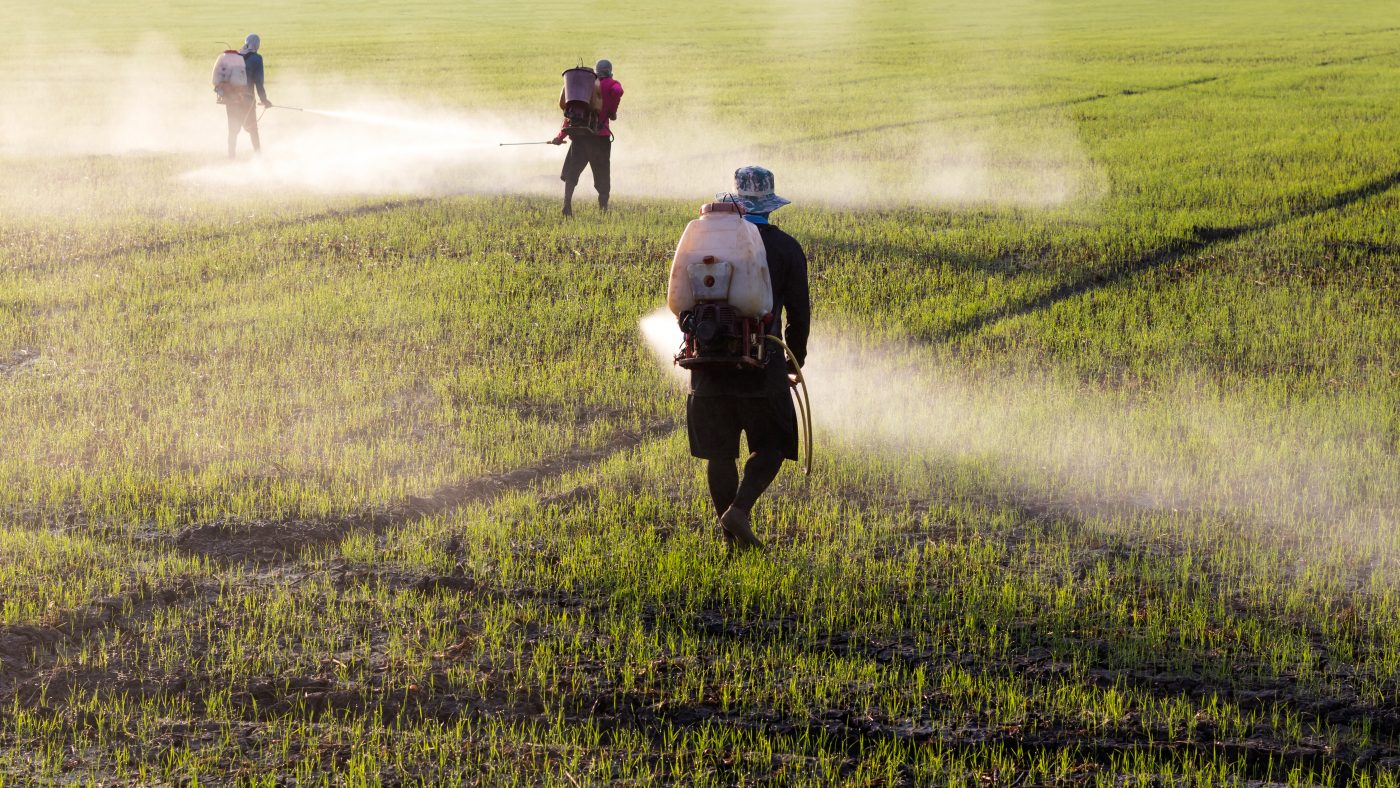Low-level Exposure to Pesticides Damages Cells in Ways That Might Lead to Parkinson’s, Study Reports

Even low-level exposure to certain pesticides disrupts cells in a way that mimics the effects of mutations linked Parkinson’s disease — raising a likelihood of the disease developing in people predisposed to it, a new study reports.
These findings may also explain why people living near agricultural areas are seen to be at greater risk of developing Parkinson’s, leading the study’s researchers to suggest that current standards of safety regarding agrochemicals might need to be reconsidered.
The study, “Nitration of microtubules blocks axonal mitochondrial transport in a human pluripotent stem cell model of Parkinson’s disease,” was published in The FASEB Journal.
Prior research has reported a link between exposure to herbicides or pesticides used in agriculture — paraquat, maneb and rotenone — and the development of Parkinson’s disease.
These compounds are toxic to mitochondria — the powerhouses of a cell — leading to the death of dopamine-producing neurons in the substantia nigra, a brain area specifically involved in Parkinson’s disease.
“People exposed to these chemicals are at about a 250-percent higher risk of developing Parkinson’s disease than the rest of the population,” Scott Ryan, the study’s senior author, said in a press release.
A research team at the University of Guelph, in Ontario, Canada, explored the mechanisms underlying this risk.
Researchers used stem cells from Parkinson’s patients who had a specific mutation in the alpha-synuclein gene — associated with an increased risk of Parkinson’s — as well as normal embryonic stem cells in which this mutation was introduced by gene editing.
One point of importance in this study was the use of human cells, Ryan noted. “Until now, the link between pesticides and Parkinson’s was based primarily on animal studies as well as epidemiological research that demonstrated an increased risk among farmers and others exposed to agricultural chemicals,” he said. “We are one of the first to investigate what is happening inside human cells.”
The team generated dopamine-producing neurons from the stem cells, and then exposed them to rotenone and paraquat or maneb. According to the release, paraquat is used on crops as they grow, and maneb after they are harvested to prevent spoiling.
Researchers found that exposure to the toxins prevented mitochondria from moving within cells as necessary, depriving neurons of energy.
Importantly, these toxic effects — seen in both patients’ cells and cells with the genetic risk factor introduced — occurred at doses below the U.S. Environmental Protection Agency’s threshold for lowest observed effect. Higher doses would likely be necessary to affect normal neurons, or those without the Parkinson’s risk mutation.
“People with a predisposition for Parkinson’s disease are more affected by these low level exposures to agrochemicals and therefore more likely to develop the disease,” Ryan said. “This is one of the reasons why some people living near agricultural areas are at a higher risk.”
“Our results are the first to demonstrate a gene by environment interaction in [Parkinson’s], whereby agrochemical exposure selectively triggers a deficit in mitochondrial transport,” the researchers wrote.
Ryan further noted that the results underscore the need to re-evaluate current acceptable levels for these agrochemicals. “This study shows that everyone is not equal, and these safety standards need to be updated in order to protect those who are more susceptible and may not even know it.”






